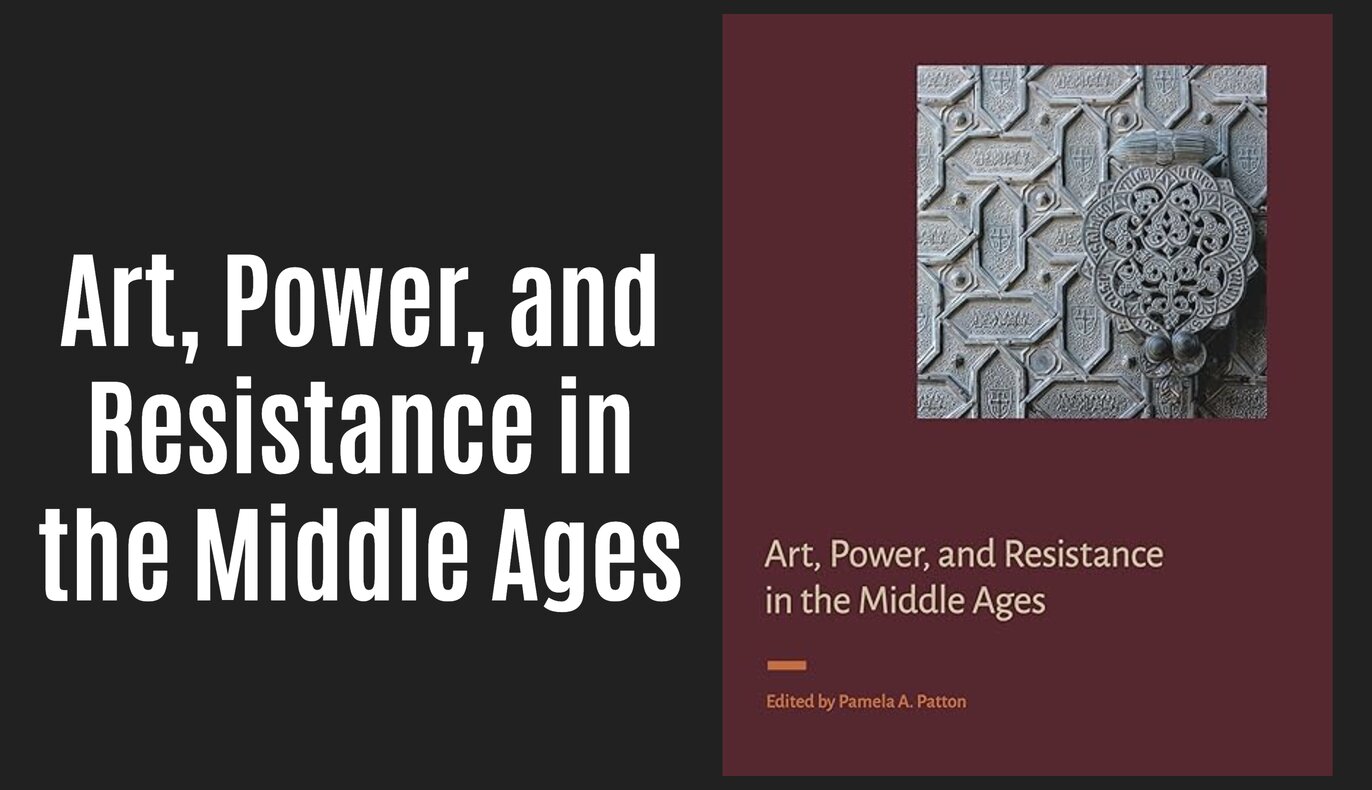
"Nearly all art produced in the Middle Ages engaged with power in some way. To return to the examples noted above, European Christendom's adoption of the codex, that innovative book format that made it possible to compress the contents of dozens of unwieldy scrolls into a compact, portable textual repository, not only supported the efforts of early Christians to resist the religious restrictions imposed by the ancient Roman Empire but ultimately became indispensable to the workings of the Church as a new global power."
"Costly silk textiles produced by Muslim weavers in centers such as Baghdad and Fustat and then gifted or marketed throughout the medieval world routinely served to express authority, forge alliances, build capital, and assert political and cultural authority; yet when looted and/or repurposed, they also could strike a symbolic blow against a dominant community. And the production of Gothic stained glass for northern European cathedrals, as is now widely understood, was at least as often motivated by episcopal competition and the desire for local economic"
"control as it was by pious impulse. Common to all these examples is not just the potential of the works of art in question to influence power relationships but their makers' recognition of how they could be manipulated to do so. Who is this book for? Nearly all surviving art from the Middle Ages was created under the patronage of the wealthy and powerful. Many works carried political messages designed to promote their patrons' authority and prestige."
Nearly all medieval art engaged with power, serving both to assert authority and to resist domination. The adoption of the codex enabled early Christians to compress and mobilize texts, aiding resistance to Roman restrictions and later facilitating the Church's global authority. Luxurious silk textiles produced in centers like Baghdad and Fustat circulated as gifts or trade goods to express authority, forge alliances, and accumulate capital; when looted or repurposed they could symbolically wound dominant communities. Gothic stained glass in northern cathedrals often reflected episcopal competition and local economic aims alongside piety. Makers and patrons intentionally shaped objects to influence power relationships, and most surviving works derive from elite patronage.
Read at Medievalists.net
Unable to calculate read time
Collection
[
|
...
]